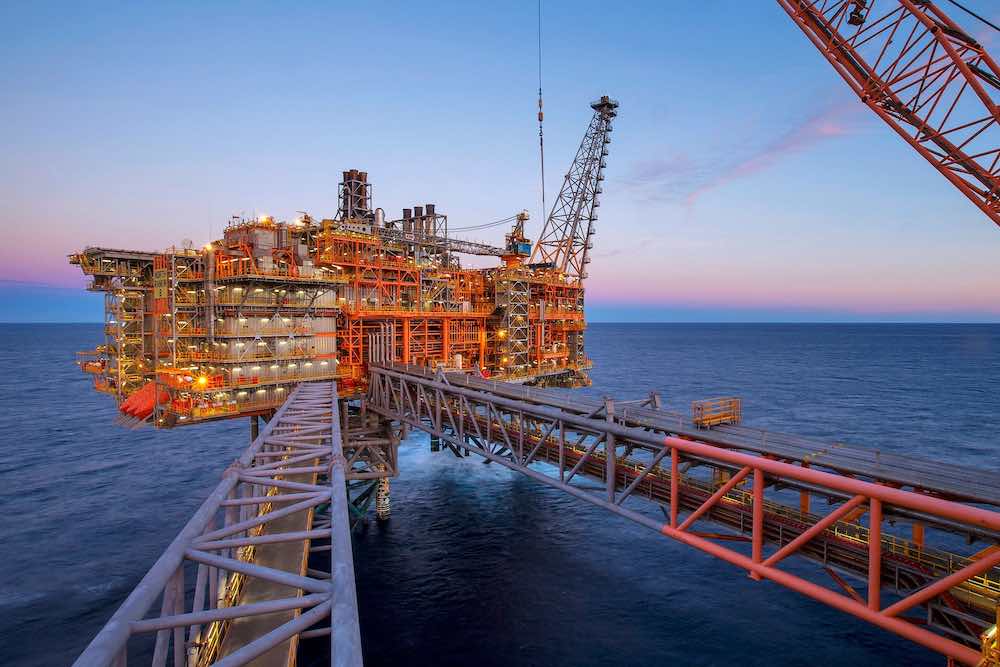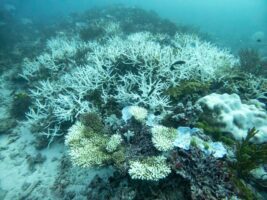Australia’s largest oil and gas producer has been accused of fudging its figures on emissions reduction in the latest research by environmentalists.
The Australian Conservation Foundation (ACF) on Monday released modelling that detailed a rise in greenhouse gas emissions by Woodside Energy, despite the fossil fuel giant’s net-zero aspirations.
Expenditure on exploration for new oil and gas reserves in 2022 was almost five times more than what was spent in 2021, according to the modelling.
ACF analyst and report author Audrey van Herwaarden said Woodside has not made progress in reducing its impact on the climate.
More than half of Woodside’s emissions offsets in 2022 were derived from the Katingan peatland restoration and conservation project located in Indonesia, the analysis found.
Other carbon credit programs include a waste gas recovery in China, a Hyundai steel waste energy project in South Korea, and a wind project in Argentina.
“While nature restoration projects are important, they do not stop the damage to the climate from the burning of Woodside’s oil and gas,” Ms van Herwaarden said.
“Woodside’s board of directors appears to be trying to hoodwink communities, governments and investors with an artificial net zero aspiration, while the company blatantly pursues activities that undermine it,” she said.
The oil and gas producer also uses different words and methods to describe its strategy and aspirations.
An emissions accounting method or “equity share” only accounts for half of the emissions the company is responsible for, calculated from the percentage of an investment or joint venture – regardless of whether they control the project’s daily operations.
This is unlike BHP, Equinor, ExxonMobil, Shell and Total Energies, which set targets based on operational emissions, the report said.
Describing net zero as an “aspiration” rather than a clear target or commitment also allows the company wriggle room.
Woodside’s direct emissions, known as scope 1 and 2 emissions, were found to have increased by 3 per cent in 2022, not the 11 per cent reduction reported by using carbon credits to offset emissions.
The analysis, called What Woodside tried to hide, also says the company’s figures ignore 92 per cent of the producer’s contribution to climate change by ignoring emissions from the combustion of the oil and gas it sells.
The company has said it plans to invest $US5 billion ($A7.7 billion) by 2030 in new energy projects and lower carbon services.
Some $US21.1 billion ($A32.5 billion) will bankroll three oil and gas projects, including Western Australia’s Scarborough, Trion in the Gulf of Mexico, and Sangomar in Senegal.
Source: AAP









